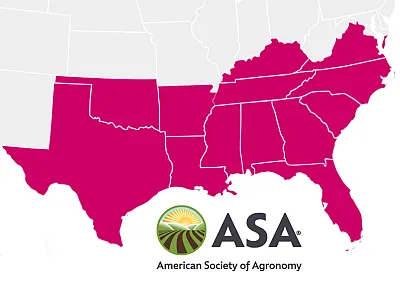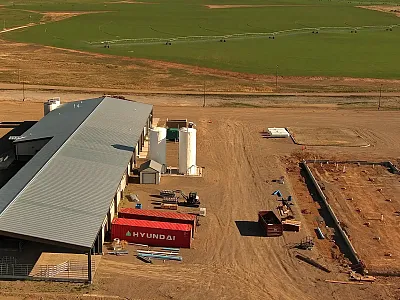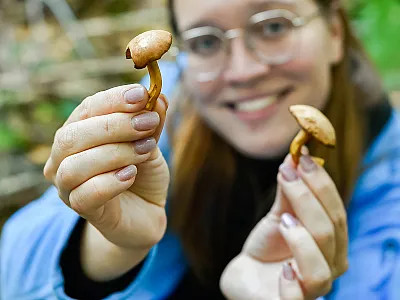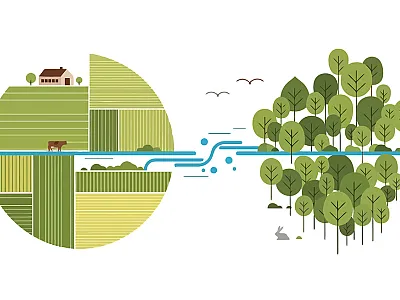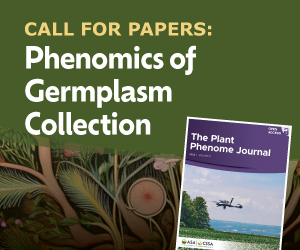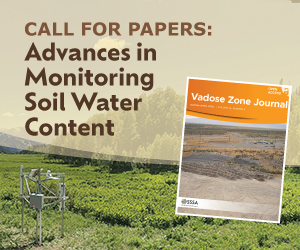Sustainable Sweet Potatoes: Challenges and Opportunities
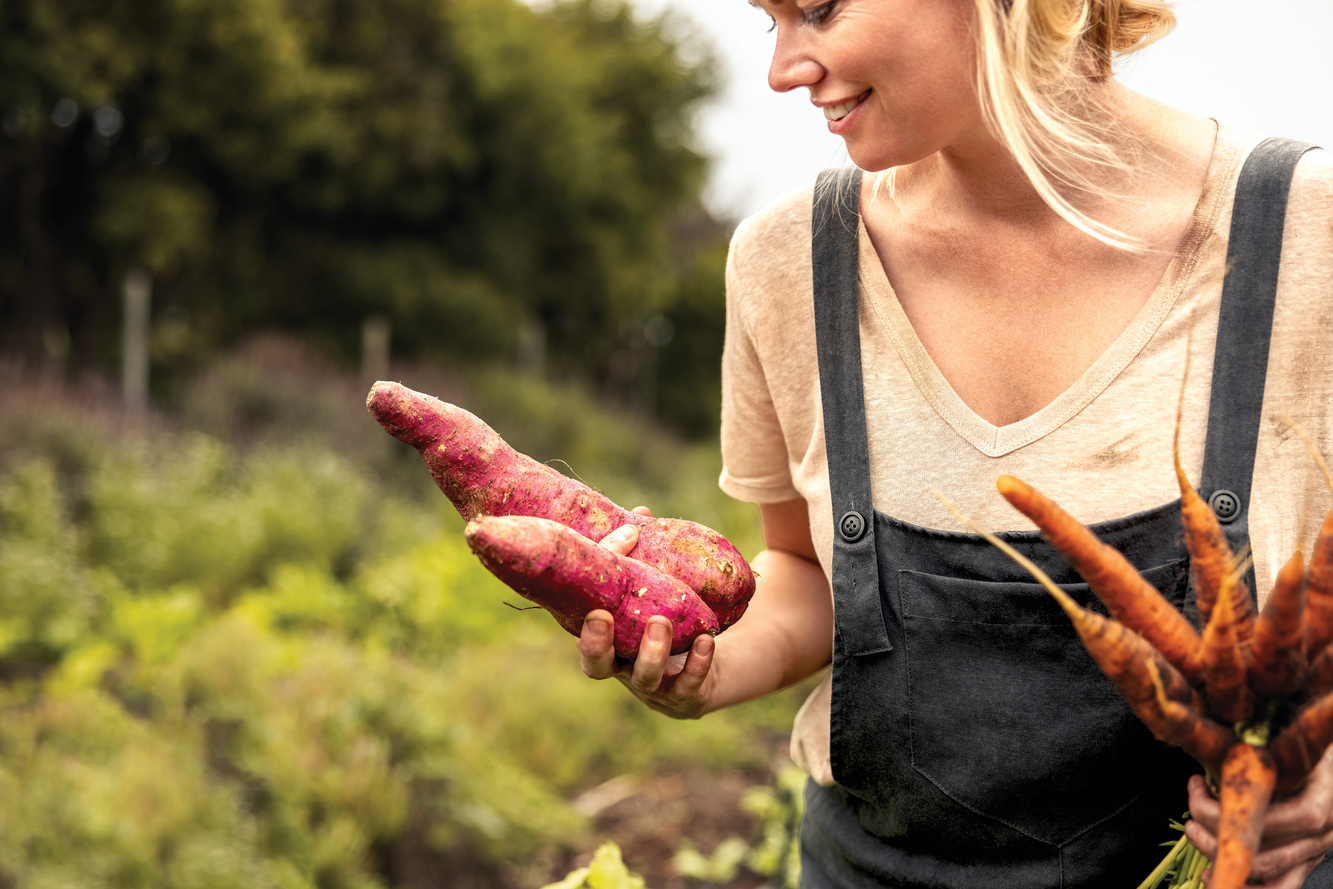
This article is part of a new series breaking down and explaining recent food and farming research for readers of all backgrounds, including those without formal scientific training.
Sweet potatoes, among the most nutritious vegetables in the world, are threatened by climate change and pests. Researchers recently evaluated dozens of sweet potato studies to identify the challenges, opportunities, and threats to this healthy and productive crop. Sweet potato crops remain vulnerable to extreme weather, pests, diseases, and storage problems, and this research, published in Agronomy Journal in February, collects the most successful responses to these challenges (https://doi.org/10.1002/agj2.21539).
Sweet potatoes have a lot going for them. With tons of potassium and antioxidants, five healthy vitamins, and plenty of fiber, they have numerous health benefits. They may reduce your risk of cancer, protect your kidneys and liver, and reduce your blood sugar, which is why so many people enjoy them along with their taste. One of the most popular breeds in the United States, Covington, contains massive amounts of vitamin A. A popular purple variety called Stokes Purple has similar antioxidant levels to grapes, strawberries, and raspberries. Some, like Orleans, are bred for mass production while breeds like Bayou Belle are grown for processing. Photo courtesy of Adobe Stock/Jacob Lund.
More research is needed on non‐pesticidal approaches to pest and disease control because pesticides are expensive, harm the environment and consumers, and increase market prices. Most current research is done on big corporate farms, making it harder for low‐income growers to know how to protect their sweet potatoes.
One big problem is that, due to high harvesting costs, sweet potatoes below the U.S. No. 1 grade aren’t even harvested. One study estimated that 125 million kg of sweet potatoes in North Carolina alone went unharvested in 2016.
The sweet potato market is worth around $600–700 million annually. Keeping growth sustainable will require more food science research, consumer studies, new technologies, and identification of the traits that make sweet potatoes better for consumers.
Despite all this, sweet potato production in the United States is diminishing due to high labor costs, unavailability of seeds and bulbs, and insecticide‐resistant pests. Climate change has caused droughts and higher carbon dioxide levels, which hinder the growth of sweet potatoes, and while pest‐resistant breeds exist, they don’t have as many of the qualities that consumers like the most.
To make sweet potato farms more cost‐efficient and eco‐friendly, farmers are using water more efficiently. Sweet potatoes can resist droughts, but other than that, farmers don’t know much about their exact water requirements. Very little research has been done about the precise water requirements for sweet potatoes because they’re mostly grown in rain‐heavy areas.
Climate change is a massive threat to global food security. It leads to droughts that starve plants of water, but also torrential rains that increase pest populations. Many models use developing African nations as an example because they rely on root and tuber crops like potatoes. Studies have predicted that average annual temperatures would rise by 36% while rainfall will drop by 16.7%, shortening the growing period by 42 days. Even so, we need more research that takes all factors into account—high temperatures, carbon dioxide, and water stress—to ensure that sweet potato farmers can thrive across all regions and socioeconomic levels.
In recent years, demand for and interest in sweet potatoes has increased along with the number of scientists researching them thanks to their health benefits and higher resistance to pests. Smallholder farmers now know their benefits, and the research will allow them to grow and sell more disease‐resistant potatoes while also maintaining sustainable water use.
Dig Deeper
Read the research cited in this article: George, J., Reddy, G. V. P., Wadl, P. A., Rutter, W., Culbreath, J., Lau, P. W., Rashid, T., Allan, M. C., Johaningsmeier, S. D., Nelson, A. M., Wang, M. L., Gubba, A., Ling, K.-S., Meng, Y., Collins, D. J., Ponniah, S. K., & Gowda, P. H. (2024). Sustainable sweet potato production in the United States: Current status, challenges, and opportunities. Agronomy Journal, 116, 630–660. https://doi.org/10.1002/agj2.21539
Text © . The authors. CC BY-NC-ND 4.0. Except where otherwise noted, images are subject to copyright. Any reuse without express permission from the copyright owner is prohibited.





